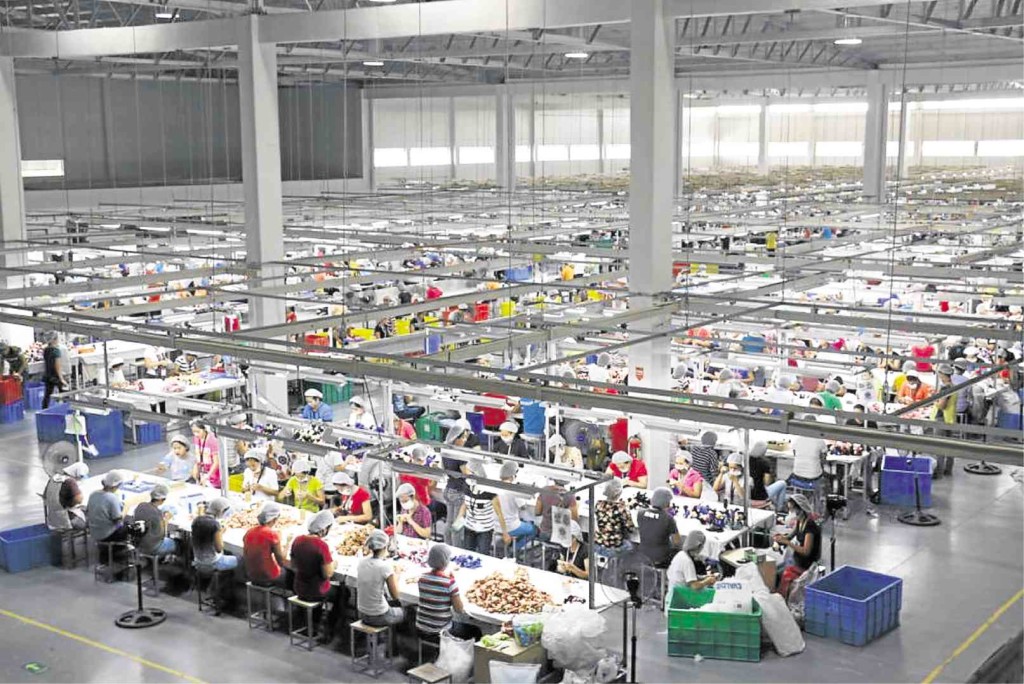
ASSEMBLY line in a light manufacturing facility.
Manufacturing in November picked up to its fastest pace so far this year on the back of strong domestic demand that boosted both production and new orders, the latest Nikkei Philippines Manufacturing Purchasing Managers’ Index (PMI) showed.
In a report released on Friday, global research firm IHS Markit said the PMI increased to 54.8 in November from October’s 53.7, the highest reading thus far in 2017.
A PMI score of above 50 indicates an overall increase in manufacturing activity.
“The Philippines’ manufacturing economy is on course to end the year with its strongest quarter for 2017, with business conditions improving further during November. Furthermore, there are signs in the latest survey sub-indices to suggest the upturn will gather pace in December,” said Bernard Aw, IHS Markit principal economist, in a statement.
“A major driver of higher output has been solid domestic demand. The PMI’s gauge of new order volumes showed the recent expansion in sales accelerating in November, resulting in the largest monthly increase so far this year. Further rises in purchasing activity and inventories also point to the current expansion continuing and possibly accelerating in December,” Aw added.
IHS Markit said “anecdotal evidence suggested that strong economic conditions, promotional activity and greater client demand continued to sustain order book growth.”
“While higher foreign demand contributed to overall new orders, the domestic market remained a key driver as growth in new export orders was well below that of total new business inflows,” IHS Markit also explained.
In November, more companies hired additional employees for the second straight month to keep up with the ramped up production in order to meet their orders, IHS Markit noted.
Also, IHS Markit added that “higher sales led firms to build up inventories further, with suppliers coming under pressure to fulfill demand for manufacturing inputs.” It cited that the increase in buying levels was the biggest since December 2016.
According to Aw, “The PMI suggests the strong growth momentum in the Filipino economy has some way to go. However, robust economic activity has been marred by rising inflationary pressures, commonly associated with a weak exchange rate. As such, higher prices remain an area of concern that policymakers need to watch closely. A further rise in global raw material costs, combined with a weak peso, will generate an unwelcome tightening of businesses’ profit margins.” /kga